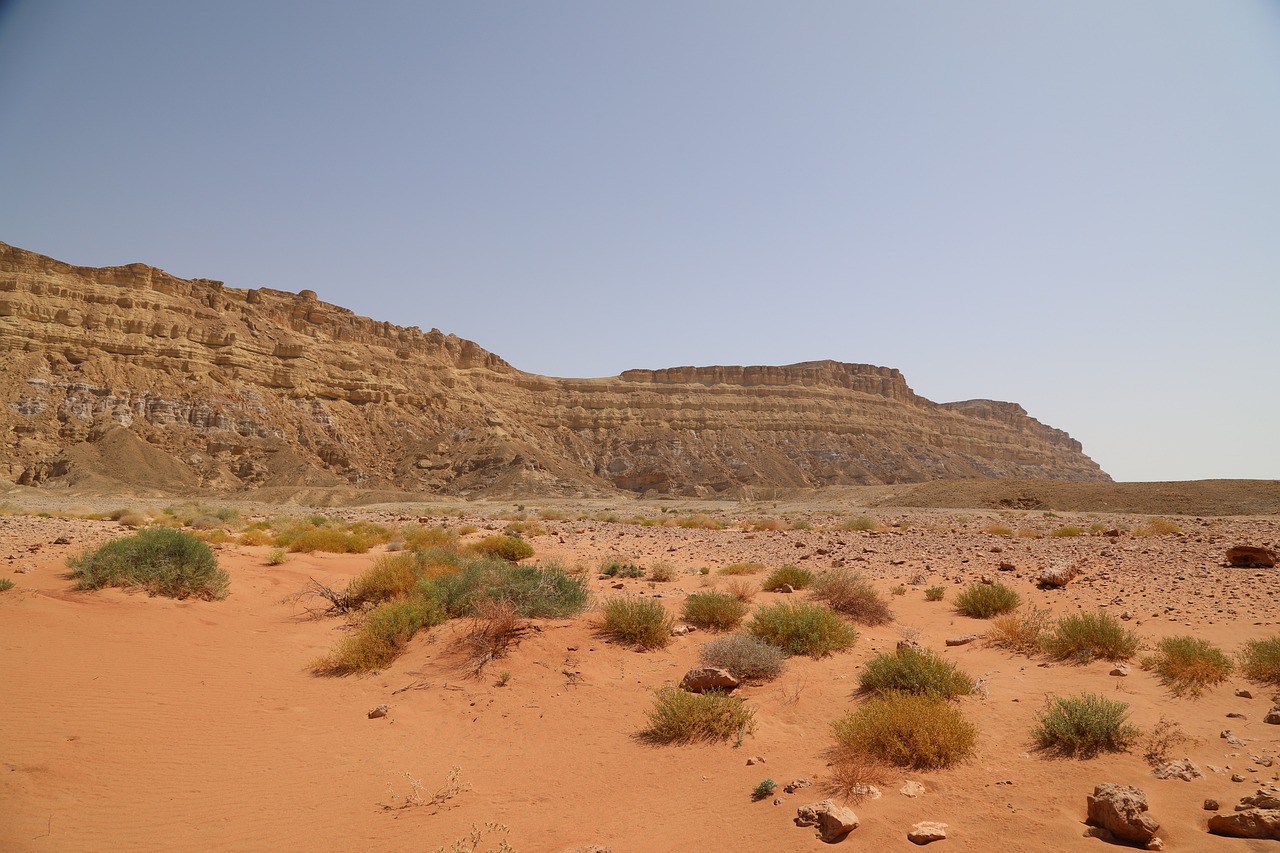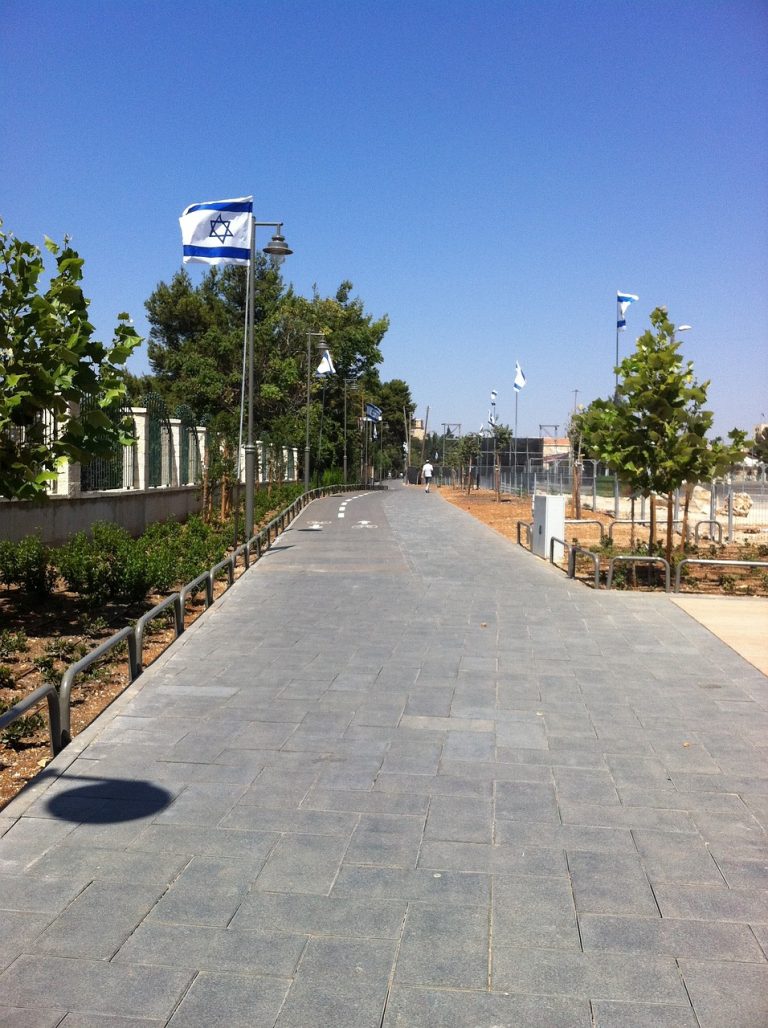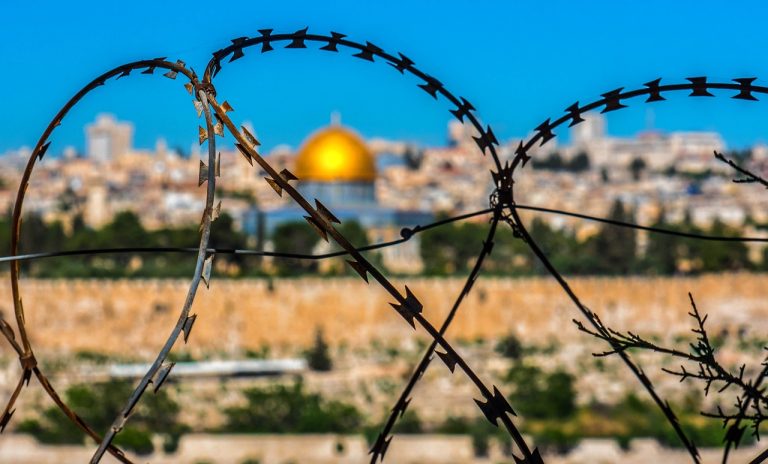Jerusalem Israel Video
Historical Landmarks of Jerusalem Israel: A Deep Dive
Jerusalem, the capital city of Israel, is a place of immense historical and religious significance. It is home to numerous landmarks that have shaped the city’s rich history and continue to attract visitors from around the world. In this article, we will explore ten of these remarkable historical landmarks, delving into their stories, significance, and the unique experiences they offer.

The Western Wall
The Western Wall, also known as the Wailing Wall, is one of the most sacred sites in Judaism. It is the last remaining section of the Second Temple, which was destroyed by the Romans in 70 CE. Pilgrims and worshippers visit the Western Wall to pray and place written prayers within its cracks. The wall stands as a symbol of the Jewish people’s connection to their historical and religious roots.
- Significance: The Western Wall is a powerful symbol of Jewish faith and resilience.
- Experience: Visitors can observe or participate in prayer rituals, touch the ancient stones, and leave written prayers in the crevices of the wall.
The Church of the Holy Sepulchre
The Church of the Holy Sepulchre is one of the holiest Christian sites in the world. It is believed to be the place where Jesus was crucified, buried, and resurrected. The church is a complex structure housing various chapels, including the Chapel of the Crucifixion and the Aedicule, which encloses the tomb of Jesus. Pilgrims from different Christian denominations come to worship and experience the spiritual significance of this sacred site.
- Significance: The Church of the Holy Sepulchre holds immense religious importance for Christians worldwide.
- Experience: Visitors can explore the different chapels, witness religious ceremonies, and reflect on the profound spiritual atmosphere within the church.

The Dome of the Rock
The Dome of the Rock is an iconic Islamic shrine located on the Temple Mount. It is recognized for its magnificent golden dome and intricate tile work. The shrine commemorates the spot where Muslims believe the Prophet Muhammad ascended to heaven during the Night Journey. The Dome of the Rock is a masterpiece of Islamic architecture and an important symbol of Jerusalem’s cultural and religious diversity.
- Significance: The Dome of the Rock is a symbol of the Islamic faith and showcases the architectural brilliance of the Islamic world.
- Experience: Visitors can admire the stunning exterior, explore the interior courtyard, and appreciate the intricate tile work and calligraphy.
The Tower of David
The Tower of David, also known as the Jerusalem Citadel, is a historic fortress located near the Jaffa Gate. It has witnessed various periods of Jerusalem’s history, from the time of King Herod to the Ottoman Empire. Today, the Tower of David serves as a museum that showcases the city’s history through archaeological artifacts, exhibitions, and multimedia presentations.
- Significance: The Tower of David provides insights into Jerusalem’s rich history and the diverse civilizations that have shaped the city.
- Experience: Visitors can explore the museum, walk along the ancient walls, and enjoy panoramic views of Jerusalem from the tower’s observation deck.

The Mount of Olives
The Mount of Olives is a significant biblical site located just east of the Old City of Jerusalem. It is mentioned in both the Old and New Testaments and holds religious importance for Jews, Christians, and Muslims. The mount offers panoramic views of Jerusalem and is home to ancient Jewish tombs, including the Tomb of Zechariah and the Tomb of Absalom.
- Significance: The Mount of Olives is associated with important events in the life of Jesus and is a place of spiritual reflection.
- Experience: Visitors can explore the ancient tombs, visit the Church of All Nations, and enjoy the breathtaking views of Jerusalem.
The Israel Museum
The Israel Museum is the largest cultural institution in Israel and houses a vast collection of art and historical artifacts. It is renowned for its comprehensive display of Jewish art and artifacts, including the famous Dead Sea Scrolls. The museum also features impressive archaeological exhibits, a sculpture garden, and a fine arts wing.
- Significance: The Israel Museum offers a comprehensive overview of Jewish history, culture, and art.
- Experience: Visitors can explore the extensive collections, view ancient artifacts, and appreciate the diverse range of artworks.
The Garden Tomb
The Garden Tomb is an alternative site of Jesus’ crucifixion and burial, revered by many Christians. The serene garden setting and the nearby rock-cut tomb create a peaceful and reflective atmosphere. While its authenticity is debated, the Garden Tomb remains a place of pilgrimage and worship for believers.
- Significance: The Garden Tomb offers a tranquil space for contemplation and prayer, inviting visitors to connect with Jesus’ sacrifice and resurrection.
- Experience: Visitors can explore the garden, visit the tomb, and participate in prayer services and communion.
The City of David
The City of David is an archaeological site that reveals the ancient origins of Jerusalem. It encompasses the oldest settled part of the city, including the remains of ancient structures and the famous Warren’s Shaft. Visitors can explore the underground tunnels, walk through the ancient water system, and gain insights into Jerusalem’s early history.
- Significance: The City of David provides a glimpse into the ancient roots of Jerusalem and the lives of its early inhabitants.
- Experience: Visitors can take guided tours, traverse the underground tunnels, and learn about the ongoing archaeological excavations.
The Yad Vashem Holocaust Memorial
Yad Vashem is Israel’s official memorial to the victims of the Holocaust. It is a place of remembrance, education, and research, dedicated to preserving the memory of the six million Jews who perished during the Holocaust. The memorial complex includes a museum, art exhibitions, commemorative sites, and the Hall of Names, which honors the individual victims.
- Significance: Yad Vashem serves as a solemn reminder of the atrocities committed during the Holocaust and pays tribute to its victims.
- Experience: Visitors can explore the museum, view powerful exhibitions, and participate in commemorative ceremonies.
The Mahane Yehuda Market
The Mahane Yehuda Market, often referred to as “The Shuk,” is a bustling marketplace offering a vibrant sensory experience. It is a popular destination for locals and tourists alike, showcasing a wide array of fresh produce, spices, baked goods, and other culinary delights. The market’s lively atmosphere, street food stalls, and unique shops make it a must-visit destination in Jerusalem.
- Significance: The Mahane Yehuda Market provides a glimpse into Jerusalem’s vibrant culinary scene and local culture.
- Experience: Visitors can wander through the market’s bustling alleys, taste local delicacies, and engage with the vendors.
Conclusion
Jerusalem, Israel’s historical and spiritual capital, is a city that encapsulates the essence of religious diversity and cultural heritage. The ten landmarks explored in this article provide a glimpse into Jerusalem’s remarkable past and offer visitors a unique opportunity to connect with history, spirituality, and the vibrant atmosphere of the city.
References
– Israel Ministry of Tourism: tourism.gov.il
– The Israel Museum: imj.org.il
– Yad Vashem: yadvashem.org
– Tower of David Museum: tod.org.il
– The Western Wall: english.thekotel.org
– Church of the Holy Sepulchre: holysepulchre.custodia.org
– Dome of the Rock: en.domeoftherock.net
– City of David: cityofdavid.org.il
– Mahane Yehuda Market: mahanehuda.org.il







